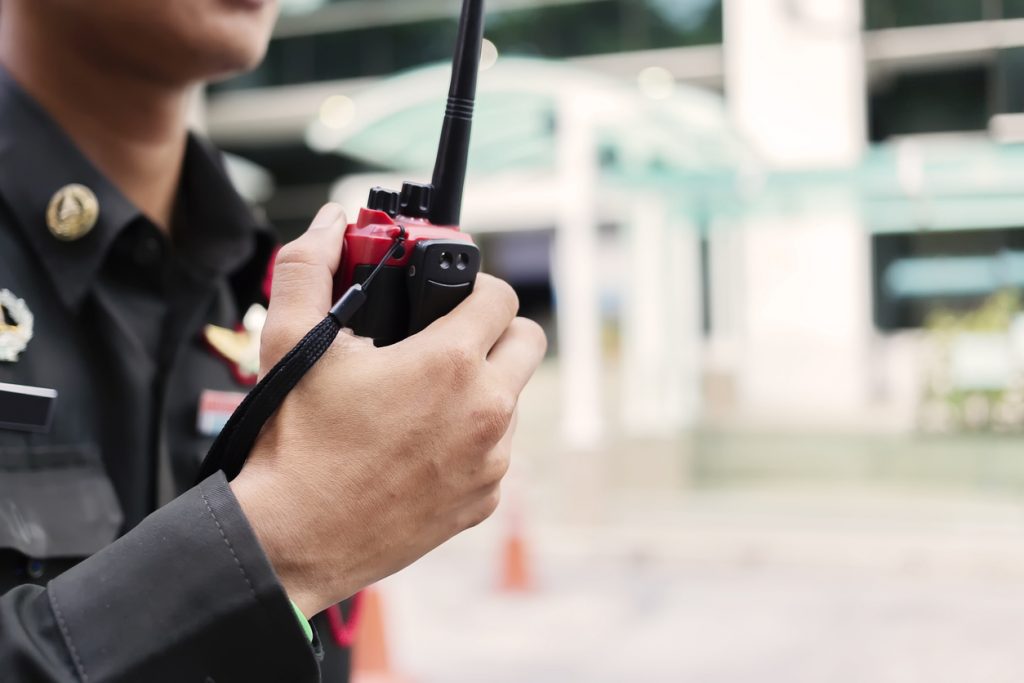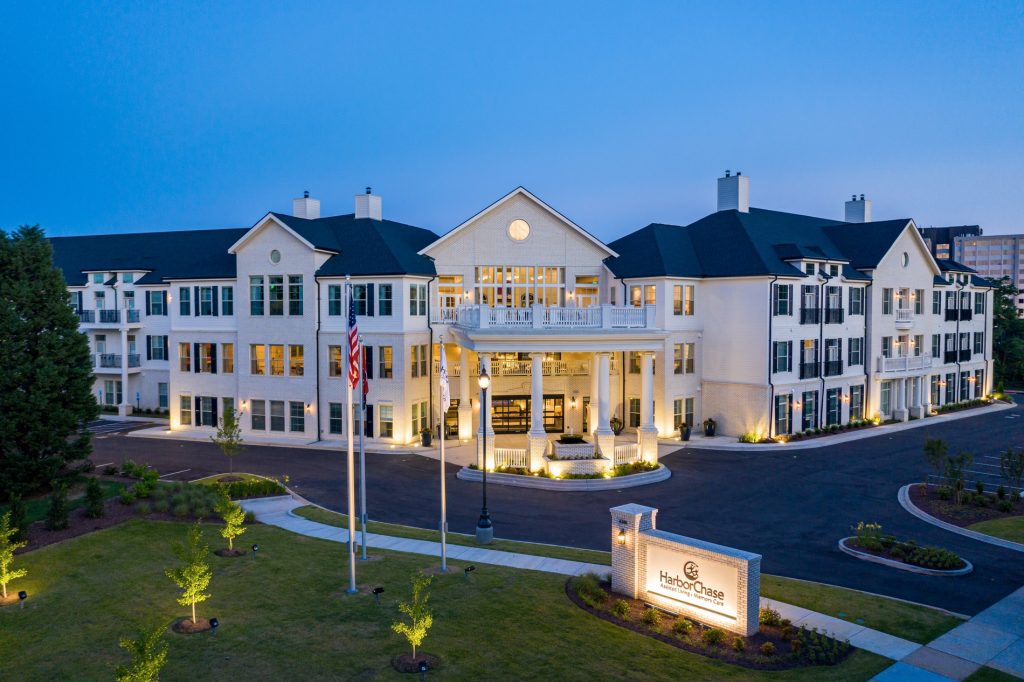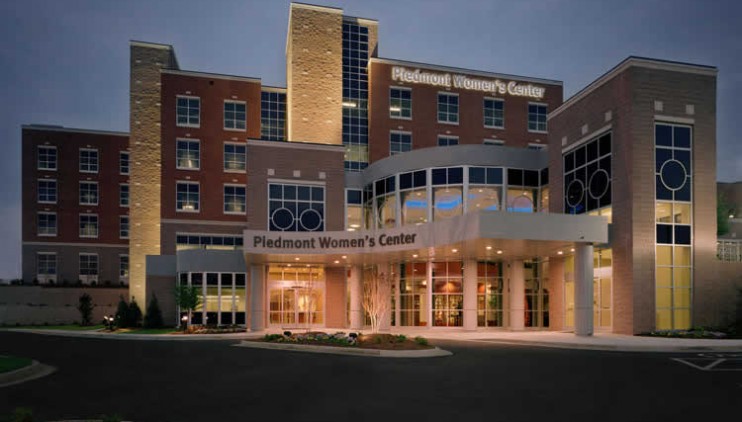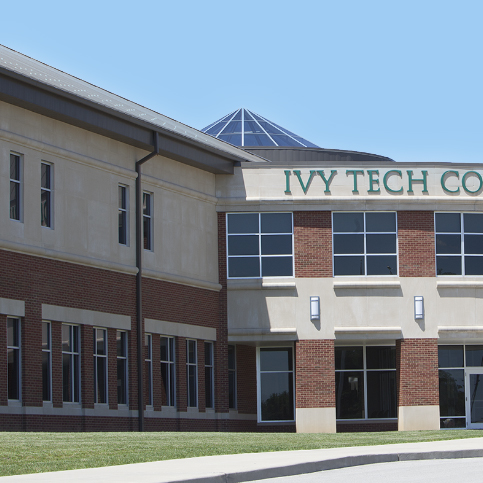Supervising a healthcare facility is a prestigious position that comes with great responsibility. One of these responsibilities is keeping the patients and staff safe. With public violence and mass-casualty events continuing to be a threat, it’s important to know how to improve public safety in hospitals, clinics, retirement communities, and other healthcare facilities. DAS and ERRCS systems work to ensure that there are no “dead spots” in your facility leading to crucial updates being missed, or emergency responders being slowed down by loss of signal.
Hospitals / Healthcare
Special Needs for ERRCS in Medical Facilities
ERRCS, or public safety DAS, are wired systems installed throughout your building to help wireless devices (radios, walkie-talkies) receive a consistent signal. This ensures that first responders can maintain communication with each other to unify their efforts in a crisis, and provides for a more efficient response to emergency situations such as fires, natural disasters, security threats, and more.
A reliable public safety DAS can make all the difference during an emergency. That is why Harris Communications partners with the Safer Buildings Coalition and local governments to ensure that requirements and measures are set in place that will generate a more efficient, reliable, and life-saving communication system for emergency responders.
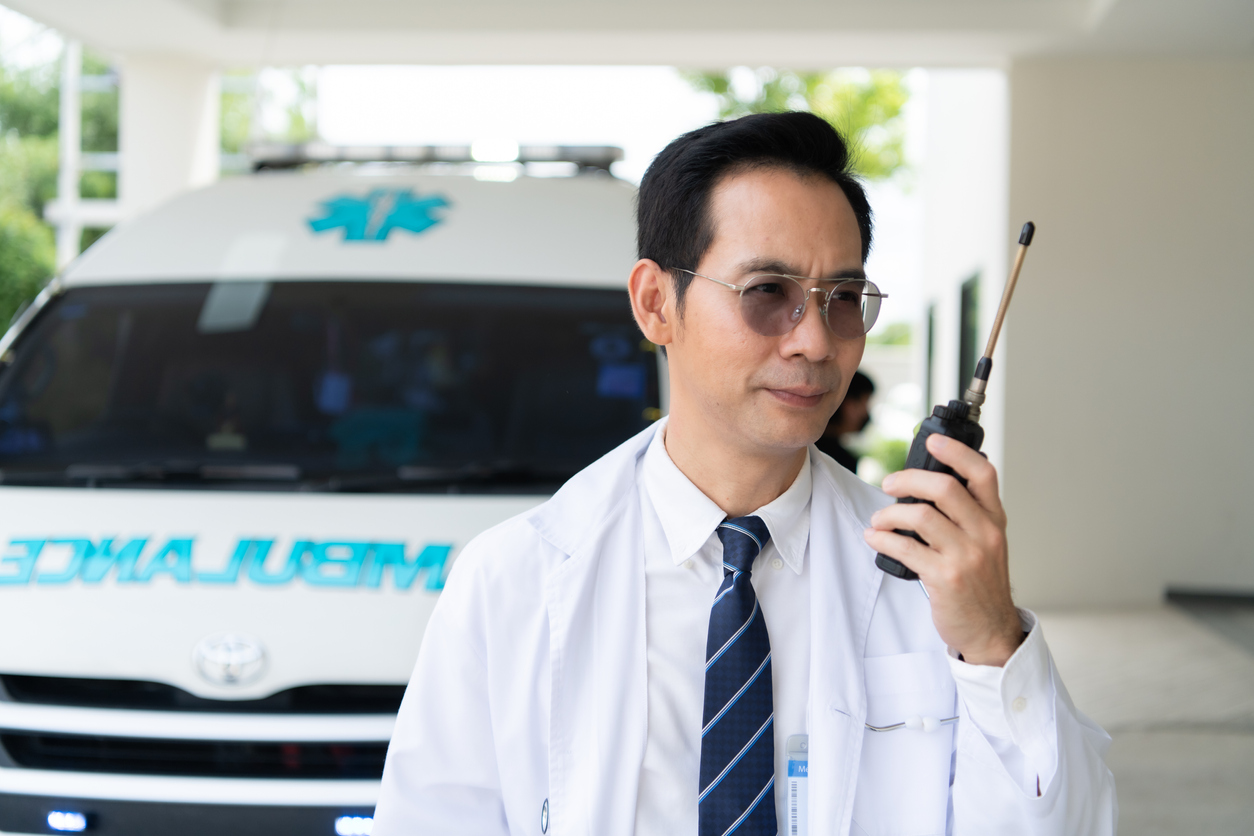
Each municipality in the USA has different rules and regulations determining what kind of DAS/ERRCS is required. We build our systems to meet the required codes and make sure your hospital or clinic is compliant with local laws.
Visit our DAS & ERRCS Code Reference to find out which codes are in place for your healthcare facility.
Here are five ideas for better security at Healthcare Facilities:
Foster a Culture of Communication
Once you know there’s a problem, you can do something about it. That’s why communication is key when it comes to preventing harassment and violence. Create a culture at your medical facility where patients and staff feel comfortable coming forward with information. You can do this by making dedicated public safety staff available to patients and staff, and making sure that those public safety staff members are easy to find and easy to reach. Ensure that your public safety staffers reach out and interact with patients and employees on a regular basis to build better relationships.

Monitor Rooms, Buildings, and Grounds
Not all healthcare facilities require the same level of security. Still, it’s important to monitor the interior and exterior of buildings so that you can catch potential intruders, misbehavior, or other emergencies as they happen. Hire security guards to keep an eye on cameras and stand at entrances. To ensure radios don’t skip or freeze, strengthen your network signal with a distributed antenna system design. Improve wireless network connections before an emergency.

Coordinate With First Responders
If your healthcare facility doesn’t have a security officer, make sure you coordinate with local law enforcement to explain the ins and outs of your property to them. If they need to come to your building, it’s better that they know the layout. Allow law enforcement to regularly visit your facility for training. Further, clearly label patient rooms, hallways, buildings, and parking lots so officers can communicate effectively.

Develop A Patient-oriented Security Team
If you hire security officers to enforce rules in your medical facility, train them to work with patients rather than against them. It’s important to build trust with patients for many reasons. They may be more likely to listen to you. Further, they may come to you when they are in trouble.

Manage Potential Threats
If you do receive threats, have a plan for how your healthcare facility will manage the situation. You should investigate each tip you receive and assess the severity of the situation. Once you identify who or what is causing the issue, you can figure out how to handle it. Each problem may call for a different solution. Be prepared to offer mental health resources or refer patients and staff to professionals who may better serve them.
Figuring out how to improve public safety in hospitals and other healthcare facilities is important for patients and staff. You can manage potential hazards when you prepare ahead of time with the right security features in place. Build trust with your patients and monitor your property to keep everyone safe.


